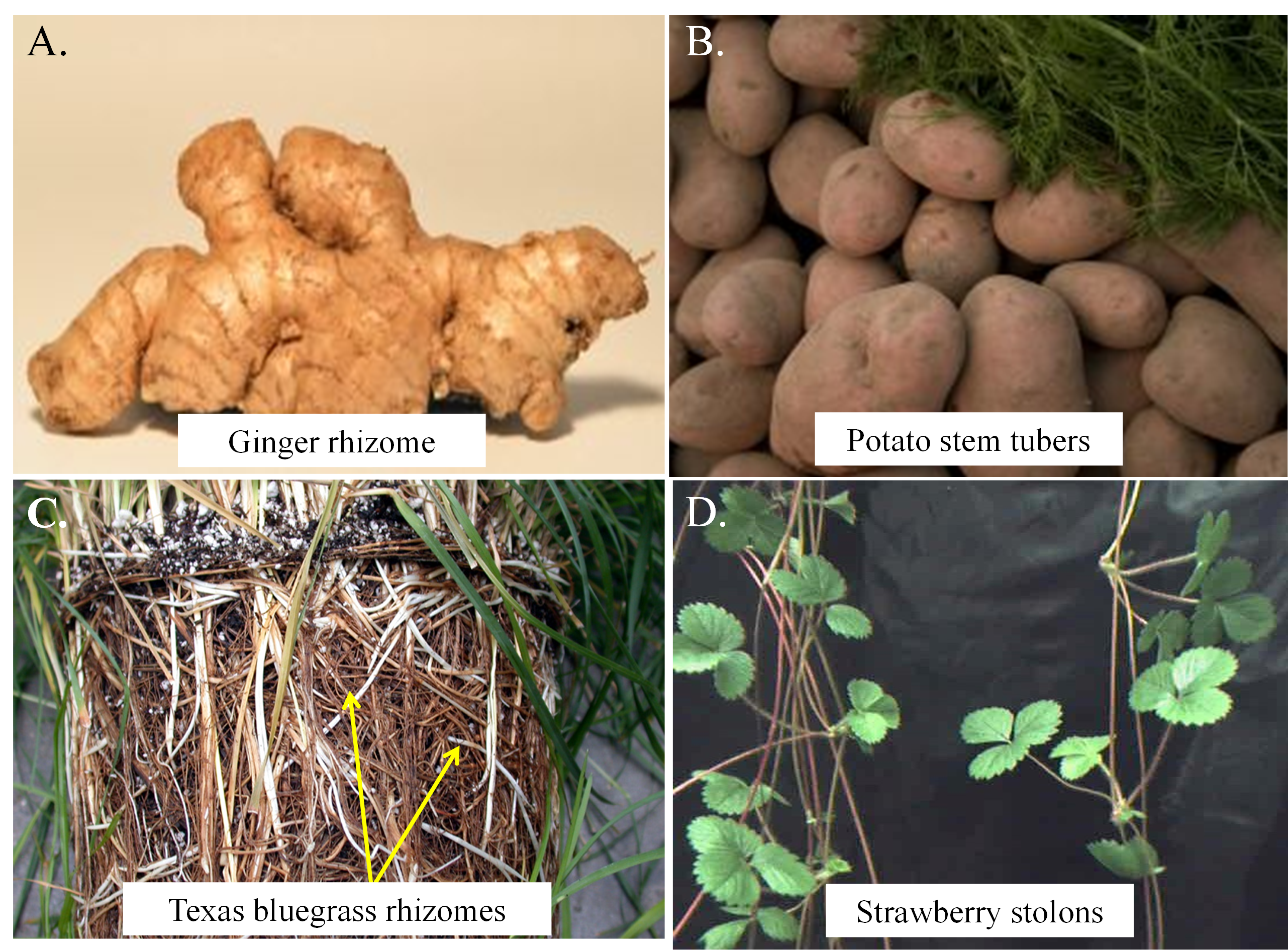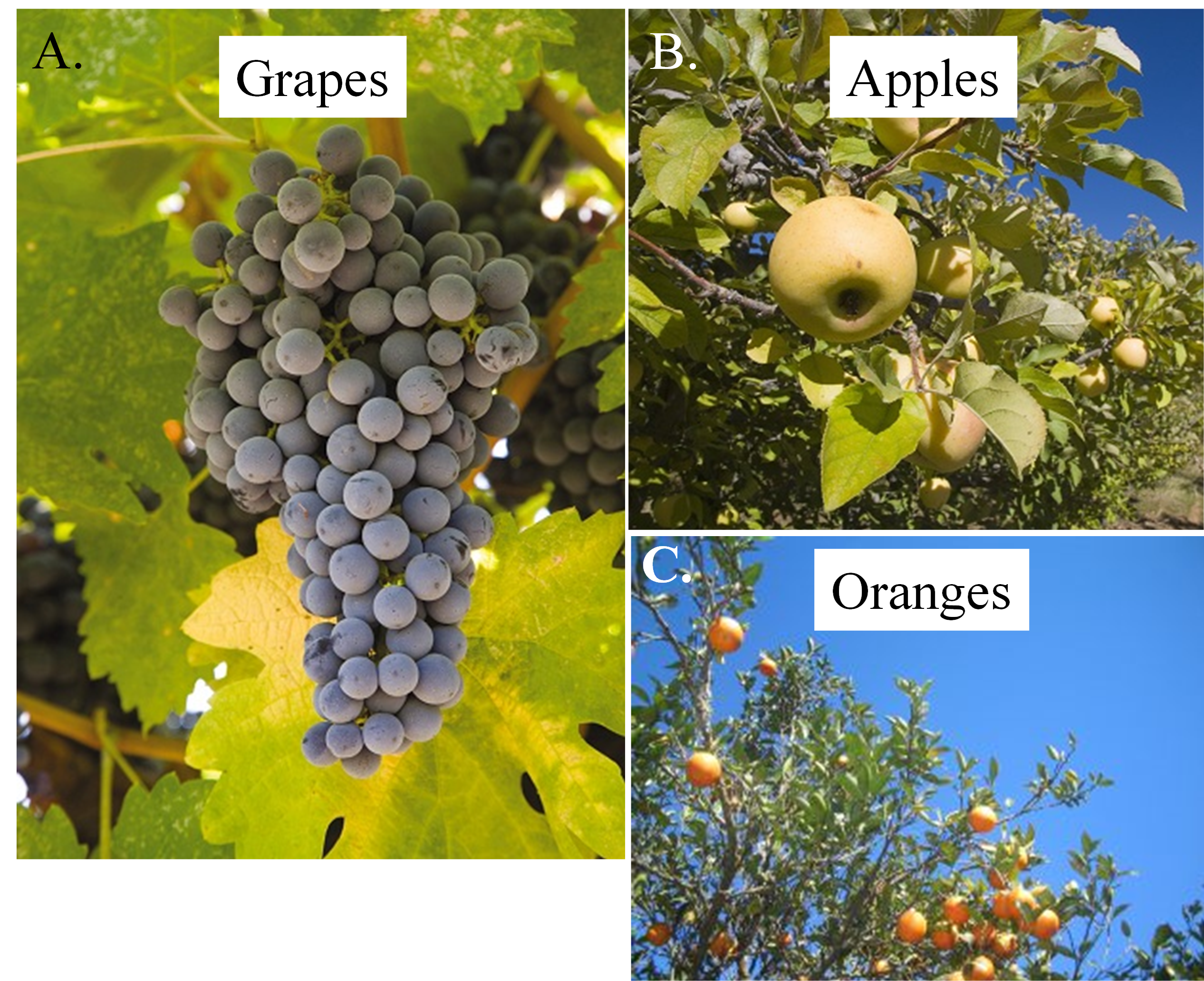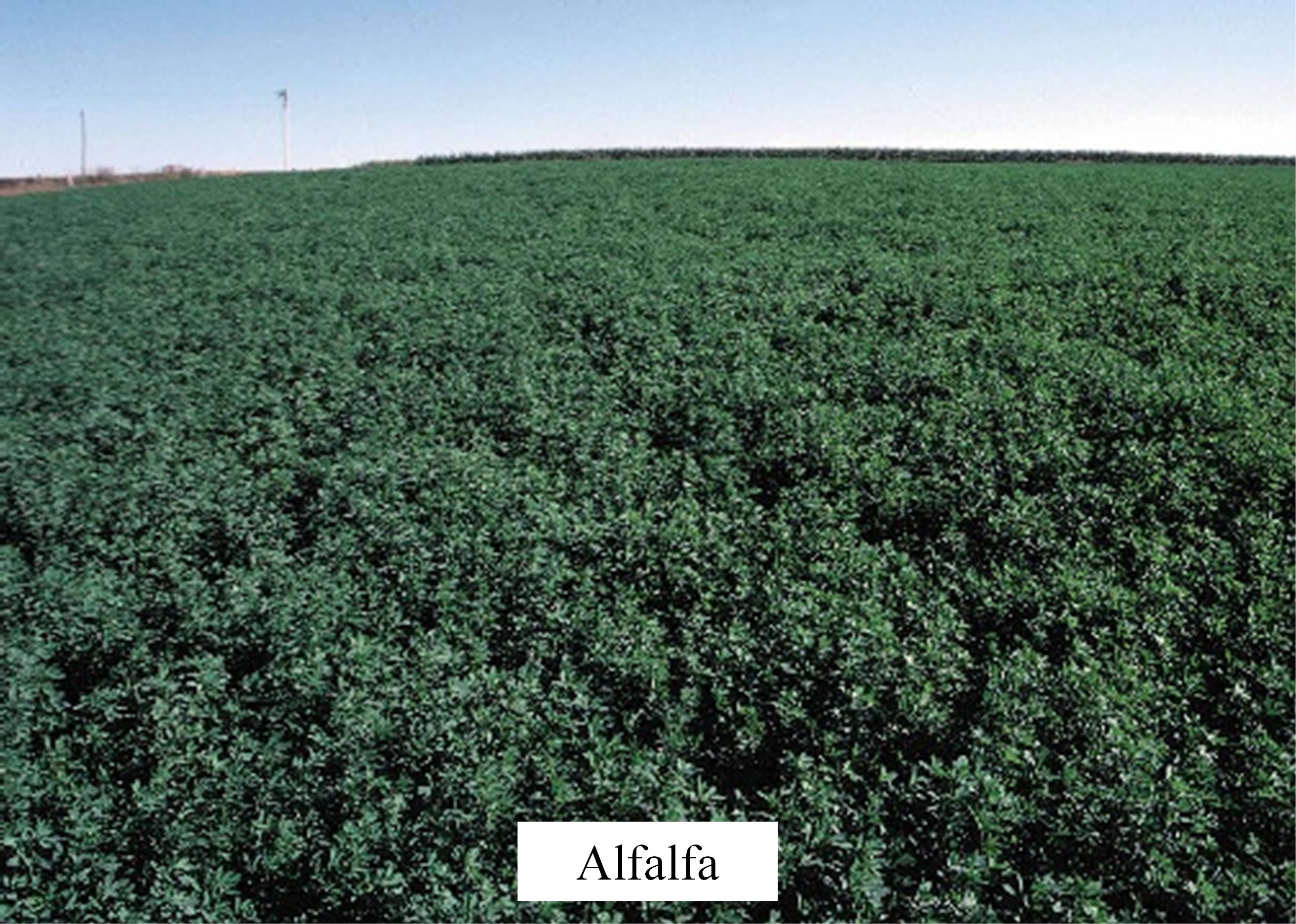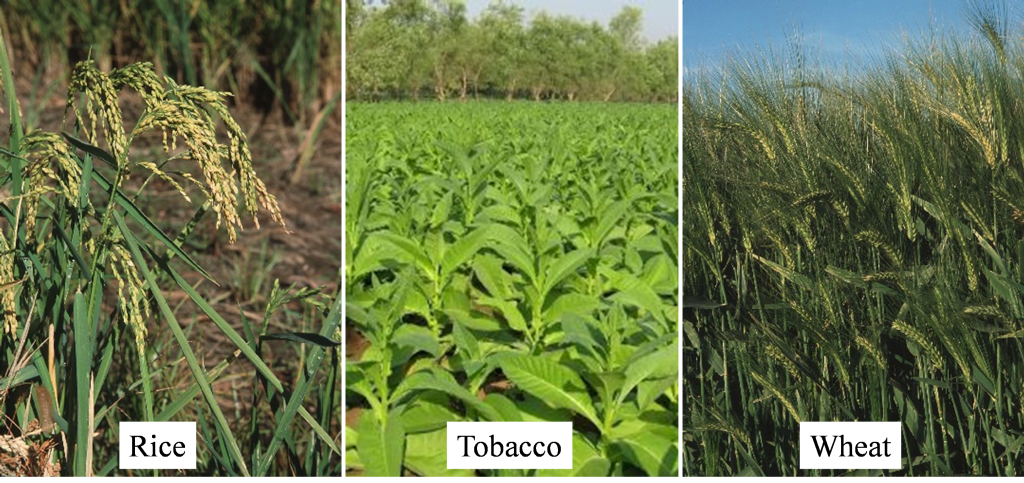Types of Cultivars and Modes of Plant Reproduction
Walter R. Fehr and Walter P. Suza
Readings:
- Chapter 29: Types of Cultivars [pdf], Principles of Cultivar Development. Vol. 1: Theory and Techniques, by Walter R. Fehr (Access the full book)
Introduction
The overall objective of the plant breeding courses is to teach you how breeders develop cultivars of plant species. The methods that breeders use depend directly on the type of cultivar used to produce a commercial crop. Therefore, the purpose of this lesson is to understand the four most common types of cultivars. A cultivar is defined as a group of plants that have certain genetic, morphological, and physiological features that distinguish them from other groups of plants within a species. The four most common types of cultivars are (a) clonal cultivars (b) synthetic cultivars (c) pure-line cultivars and (d) hybrid cultivars.
Modes of cultivar reproduction
Plant species can be reproduced sexually, asexually, or by both modes. Sexual reproduction occurs when the nucleus of a pollen grain unites with the egg cell in the ovary to produce the embryo of a seed. Asexual reproduction represents the propagation of an individual from its somatic tissue.
Cultivar homozygosity vs. heterozygosity
The terms homozygosity and heterozygosity refer to the genetic makeup of an individual plant in a cultivar. Plants are considered homozygous when the alleles at a locus are the same. They are considered heterozygous when the alleles at a locus are different. The primary method of achieving homozygosity is by self-pollination of individuals, which is a routine part of developing pure-line cultivars or inbred lines used to produce a hybrid. Heterozygosity results from crossing plants with different genotypes. The crossing may be done by hand or through open pollination by wind or insects. Plants in a clonal, synthetic, or hybrid cultivar are heterozygous.
Cultivar homogeneity vs. heterogeneity
The terms homogeneity and heterogeneity refer to the genetic and phenotypic relationship among plants in a cultivars. A cultivar is homogeneous when its plants are genetically and phenotypically identical and heterogeneous when its plants are genetically different.
Types of Cultivars
Clonal cultivars
Clonal cultivars are reproduced asexually from a single plant that the breeder has selected. As a result, all of the plants in a clonal cultivar are genetically identical or homogeneous. The individual plants in a clonal cultivar are heterozygous because no inbreeding is involved in developing a population for selection. Methods of clonal propagation include cuttings, tubers, bulbs, rhizomes, grafts, and buds. Seed produced through apomixis also is a form of asexual reproduction.


Synthetic cultivars
The seed of a synthetic cultivar is produced sexually by open pollination. As a result of open pollination, the plants in a commercial field of a synthetic cultivar are heterozygous and heterogeneous.

Pure-line cultivars
The seed of a pure-line cultivar is produced by self-pollination. As a result, the individual plants are considered to be homozygous and genetically similar to each other or homogeneous. The seed of a pure-line cultivar harvested in one season is used to plant commercial fields the next season.

Hybrid cultivars
The seed of a hybrid cultivar used for a commercial planting is produced by crossing two genetically different parents; therefore, the plants are heterozygous. New hybrid seed must be produced each year because the seed planted in a commercial field is not genetically the same as the seed harvested. There are multiple types of hybrids, including single-crosses, three-way crosses, and double crosses. They differ in the number of inbred lines that are used to produce the commercial seed. The plants in a single-cross hybrid are genetically the same or homogeneous, but the plants in a three-way or double-cross hybrid are genetically different or heterogeneous.

Review Questions
- Describe your experience with the breeding and the commercial production of any plant species.
- Cultivars and germplasm lines of plant species can be registered in the Journal of Plant Registrations (JPR) and Horticultural Science (HortSci). For each of the four cultivar types listed below, use the 2010 or 2011 volumes of the journals to identify two plant species that utilize that cultivar type commercially, provide the name of a cultivar or an inbred line for a hybrid of your selected species, and the complete journal citation for the cultivar or inbred as used in the Reference section of JPR.
- Clonal cultivars
- Synthetic cultivars
- Pure-line cultivars
- Hybrid cultivars
- Describe the homozygosity/heterozygosity and homogeneity/heterogeneity of the four cultivar types. Provide the rationale for your answer.
A group of plants that have certain genetic, morphological, and physiological features that distinguish them from other groups of plants within a species.
When the nucleus of a pollen grain unites with the egg cell in the ovary to produce the embryo of a seed.
The propagation of an individual from its somatic tissue.
When the alleles at a locus are the same.
When the alleles at a locus are different.
A cultivar whose plants are genetically and phenotypically identical.
A cultivar whose plants are genetically different.
In breeding clonal cultivars, hybridization is made between two clones. A large F1 population from the clones is screened as each F1 plant is unique and different from other F1s. This process is repeated over different crop cycles to identify the superior clone for release as a new cultivar.

